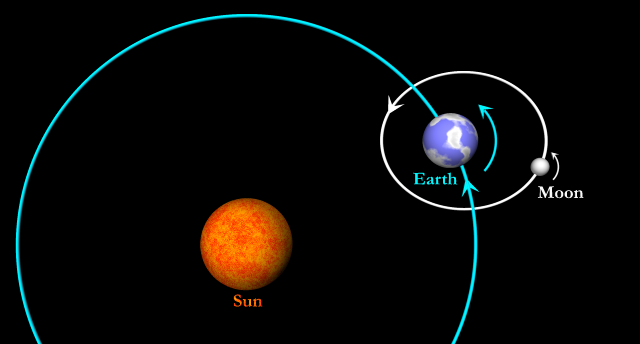We have packed up our hedgehogs, added some hedgehog food and then covered them with leaves for camouflage. Then holes were added to the top of the box to allow all of the sleeping hedgehogs to breathe!

They will be put in a safe place to hibernate over the very cold Winter months.
We will need to remember to wake them up about March!
Can you remember why hedgehogs hibernate in Winter?







